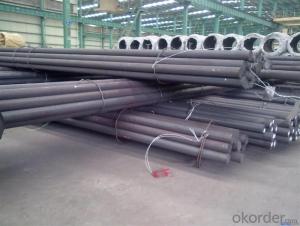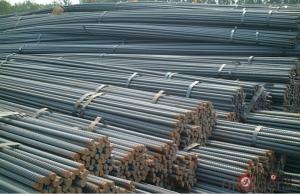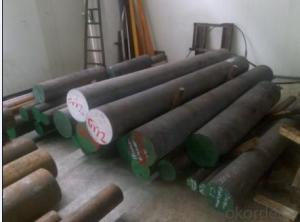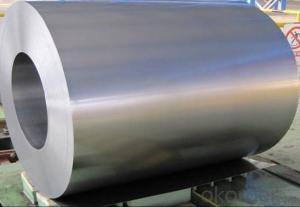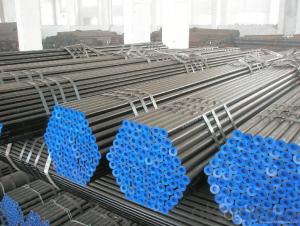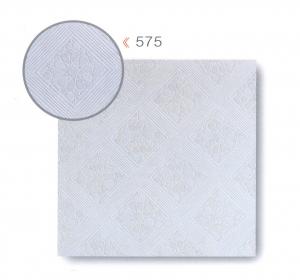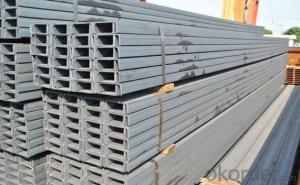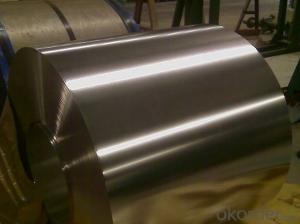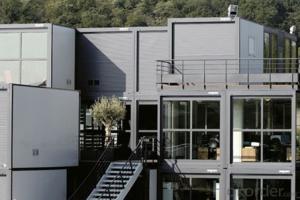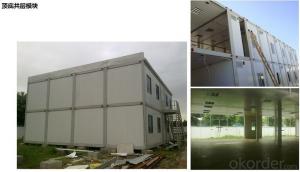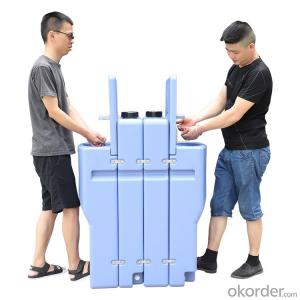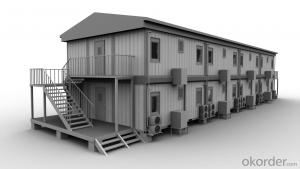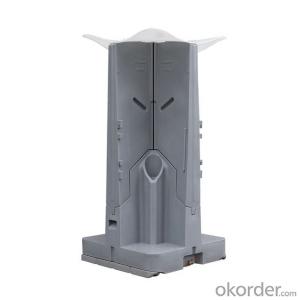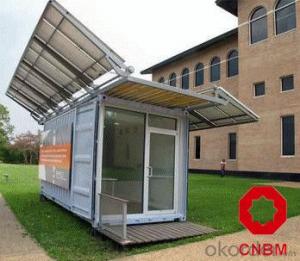Steel Homes
Steel Homes Related Searches
Best Paint For Stainless Steel Blanket Insulation For Steel Buildings Primer For Galvanized Steel Foam Filter For Stainless Steel H S Code For Stainless Steel Surface Grinding Wheels For Stainless Steel Surface Grinding Wheels For Hardened Steel Hole Saw For Stainless Steel Paint For Stainless Steel Stainless Steel For BbqHot Searches
Steel Mesh Panels For Sale Price For Stainless Steel Scrap Scrap Price For Stainless Steel Price For Stainless Steel Stainless Steel Tank For Sale Stainless Steel Sheets For Sale Cheap High Tea Sets For Sale Stainless Steel Tanks For Sale Stainless Steel For Sale High Density Fiberboard For Sale Solar Hot Water Collectors For Sale Scaffolding For Sale In Uae Scaffolding For Sale In Ireland Scaffolding For Sale In Houston Type Of Inverter For Solar Price Of Shipping Containers For Sale Types Of Inverter For Solar Stock Price For Aluminum Used Solar Inverter For Sale Steel Mesh Panels For SaleSteel Homes Supplier & Manufacturer from China
Okorder.com is a professional Steel Homes supplier & manufacturer, offers integrated one-stop services including real-time quoting and online cargo tracking. We are funded by CNBM Group, a Fortune 500 enterprise and the largest Steel Homes firm in China.Hot Products
FAQ
- Indeed, container houses possess the quality of being portable. The primary benefit of container houses lies in their mobility and convenient transportation. These dwellings are constructed from shipping containers, which are specifically engineered for shipment via ships, trucks, and trains. With their standardized dimensions and inclusion of corner castings and twist locks, these containers can be effortlessly loaded and unloaded onto various modes of transportation. Container houses have the ability to be transported and swiftly installed in any desired location, making them highly sought-after for temporary or mobile housing solutions. Moreover, if the situation calls for it, container houses can be readily disassembled and relocated to a new destination.
- Container houses have the potential to include a balcony or patio in their design. Typically, containers themselves lack these features, but they can be modified and personalized to incorporate them. By extending the structure or creating platforms, balconies and patios can be added to container houses, providing residents with outdoor living spaces. This allows homeowners to relish the advantages of outdoor living, including fresh air, sunlight, and a place to unwind or entertain guests. Moreover, the design of the balcony or patio can be customized to fit the homeowner's aesthetic preferences and functional requirements. Consequently, container houses offer a versatile and adaptable choice for individuals seeking outdoor living spaces.
- Yes, container houses can be suitable for individuals with disabilities. These houses can be designed and modified to accommodate specific accessibility needs, such as wheelchair ramps, wider doorways, and accessible bathrooms. Additionally, container houses provide a flexible and cost-effective solution, allowing for easy customization and modification according to the specific requirements of individuals with disabilities.
- Depending on the specific needs and requirements of the facility, container houses can indeed be suitable for healthcare facilities. They offer several advantages that make them a viable option for healthcare settings. One advantage is their high level of customization. Container houses can be easily modified to meet the specific needs of healthcare facilities. The interior layout can be designed to accommodate various medical equipment, treatment rooms, patient wards, and administrative areas. This flexibility allows for efficient use of space and ensures that the facility can effectively serve its purpose. Another advantage is cost-effectiveness. Compared to traditional brick-and-mortar construction, container houses are a more affordable option. Healthcare facilities often have budget constraints, and utilizing container houses can help minimize construction costs. Containers are readily available and can be repurposed, reducing the need for extensive construction time and materials. This cost-saving advantage allows healthcare facilities to allocate their resources to other critical areas, such as medical equipment and staff training. Furthermore, container houses are easily deployable in emergency situations or areas with limited infrastructure. They can be quickly transported and set up in remote locations or regions affected by natural disasters. This feature makes container houses suitable for setting up temporary healthcare facilities in crisis response situations, providing vital medical care to affected communities. However, it is important to consider certain factors when assessing the suitability of container houses for healthcare facilities. Adequate insulation and ventilation systems need to be in place to maintain a comfortable and safe environment for patients and medical staff. Furthermore, appropriate plumbing and electrical systems must be installed to ensure the facility meets health and safety standards. In conclusion, container houses can be a suitable option for healthcare facilities due to their customization capabilities, cost-effectiveness, and mobility. However, careful planning, proper infrastructure, and compliance with necessary regulations are crucial to ensure the suitability and functionality of container houses in healthcare settings.
- Yes, container houses are highly customizable in terms of layout. The modular nature of shipping containers allows for easy modifications, such as adding or removing walls, windows, doors, and even combining multiple containers to create larger spaces. This flexibility allows homeowners to design and personalize their container houses according to their specific needs and preferences.
- Yes, container houses can be built with a traditional aesthetic. By incorporating traditional architectural elements and design features such as pitched roofs, windows with shutters, porch areas, and exterior finishes like brick or wood cladding, container houses can have a traditional look and feel. The interiors can also be designed in a way that reflects a traditional style, using materials, colors, and furnishings that create a warm and classic atmosphere.
- Yes, container houses can definitely be built with a rustic charm. While containers are typically associated with a modern and industrial aesthetic, with the right design and materials, they can also be transformed into cozy and rustic homes. To achieve a rustic charm, there are several design elements that can be incorporated into container houses. One approach is to use natural building materials such as wood or stone for the exterior cladding. This can give the house a warm and traditional look, reminiscent of a cabin or a farmhouse. Another way to add rustic charm to a container house is through the interior design. The use of reclaimed or salvaged wood for flooring, walls, and furniture can create a cozy and rustic atmosphere. Exposed beams, vintage fixtures, and handcrafted details can further enhance the rustic appeal. Additionally, incorporating nature into the design can contribute to the rustic charm of a container house. Large windows or glass doors can provide ample natural light and beautiful views of the surrounding landscape. Adding a porch or a deck can also create a welcoming outdoor space that complements the rustic aesthetic. In summary, while container houses are often associated with a modern and industrial style, they can absolutely be built with a rustic charm. With the right design choices, materials, and attention to detail, container houses can have a warm and inviting character that reflects the charm of a traditional rustic home.
- Yes, container houses can be designed with a home gym or fitness room. With proper planning and design, containers can be customized to accommodate various spaces and purposes, including a dedicated area for exercising and fitness activities. By utilizing the available space efficiently and incorporating appropriate equipment and amenities, container houses can indeed feature a home gym or fitness room.

















